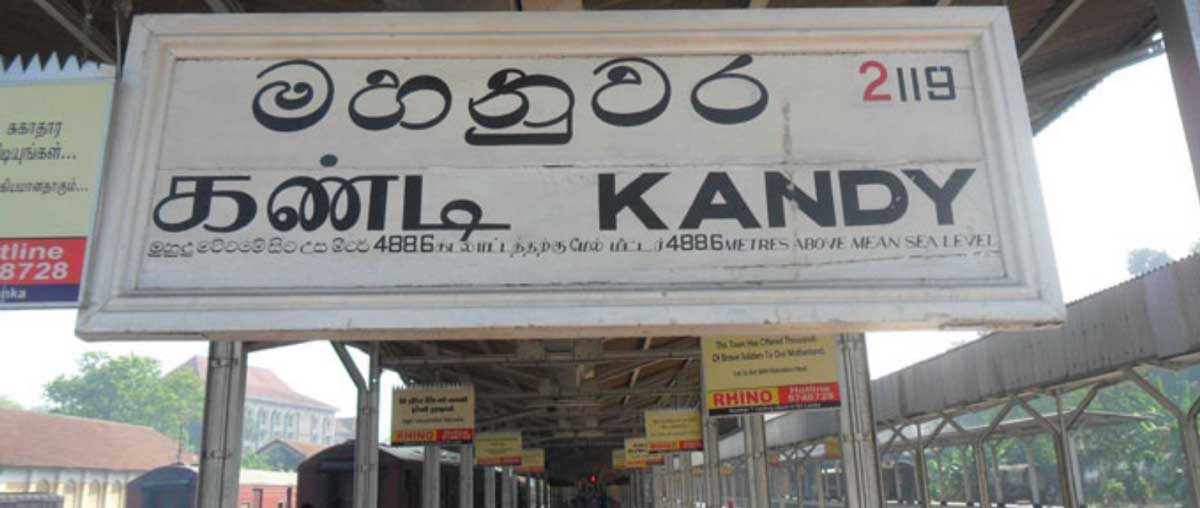Table Of Content
About Sri Lanka
Official Sri Lanka languages
Sri Lanka Languages – Sinhala
Relation of Sri Lanka Languages with Others
Conclusion About Sri Lanka Languages

Sri Lanka is an island country in South Asia. The country is formerly known as Ceylon, and now officially known as the “Democratic Socialist Republic of Sri Lanka”. Sri Lanka Capital city is “Sri Jayawardenepura Kotte” and the main commercial city is “Colombo”. Main Sri Lanka Languages are Sinhala, Tamil, and English. There are 3 official languages in Sri Lanka. those are,
- Sinhala
- Tamil
- English
The main Sri Lanka Language is Sinhala. “Sinhala” is a name of a language and also a name of ethnicity. The Sinhala Language is the mother language of the Sinhala ethnics people. In Sri Lanka, the Sinhala Language is Not only using Sinhal people but other ethnic groups like Tamil, Berger, and Muslim people too. The second Sri Lanka Language is Tamil. It is using Tamil people and Muslim people too. Also, most Sinhala People are using the Tamil language to communicate with each people. All Sri Lankan People are using English as a link language.

Languages in Sri Lanka – Sinhala
Sinhala is the language of the Sinhalese people, who constitute 74% of the Sri Lanka population. It is now generally accepted that Sinhala is a member of the Indo–Aryan subfamily of languages. As an Indo-Aryan language Sinhala has its roots in classical Indian languages but today Sinhala language nowhere else in the region except Sri Lanka. Sinhala is an evolving language with a rich and colorful history. So, many linguists have done a lot of research on the origin of the Sinhala language. The first of these was Wilhelm Geiger (21 July 1856 – 2 September 1943). Also, the researches of Prof. Sandagomi Koparahewa had considered very important. Thus we can understand the route of the Sinhala language with these scholars’ vast discovered knowledge. It has been said before that Sinhala is a member of an Indo-Aryan sub-family. Its meaning should get through the research of the aforesaid scholars. While-Reading those researches, it is clear that the Sinhala language has used in northern India and in “Kalinga” in the Jajpur district of India. They confirmed that it was before the 6th century. Accordingly, the aforesaid scholars said that the Sinhala language had come to Sri Lanka.
The table below shows the relationship of Sri Lanka Languages.
| Sanskrit | Bengali | Oriya | Sinhala | Gujarati | |
| tooth | dat | danta | dānta | dat | dānta |
| fire | agni | ogni | agni | gini | āg |
| son | putra | put | putu | put | pūt |
| seven | sapta | sāt | sāta | sat | sāt |
| one | ēka | ēk | ēka | ek | ek |
| ear | karna | kān | kāna | kan | kāna |
But one of the modern Sri Lankan linguists Arisen Ahubudu said that the Sinhala Language did not come from abroad. Sri Lanka people had used the “HelaBasa” language before the 6th century. He is of the opinion that the “HelaBasa” was the Sinhala language. Accordingly, he said that the Sinhala language was born in Sri Lanka. The Sinhala language has evolved from the day of its origin till today. Looking at it that way, several eras with notable changes in its history can be easily identified. Most of the scholars have accepted Wilhelm Geiger’s Sinhala Grammar division of eras. Accordingly, the history of the Sinhala language is divided into four eras as shown below.
- Prakrit Period of Sinhala Language – 3rd / 2nd century BC to 4th / 5th century AD
- Ancient Sinhalese Period – 5th/5th century AD to 8th century AD
- Middle Sinhalese Period – 8th century AD to 13th century AD
- Modern Sinhalese Period – Mid 13th century AD to present day
Conclusion About Sri Lanka Language – Sinhala
Accordingly, it can understand that the Sinhala language was in use in Sri Lanka at that time as well as in the aforesaid areas of India. However, any language mixes with other languages and develops. This is also known as language evolution. Inside Sinhala language vocabulary we can found Indian Sanskrit, Pali, Bengali, Gujarati, Oriya, and Tamil words. And Words from Greek and Latin too. Also, words from Portuguese, Dutch, and English have found. This means that each language has nurtured other languages too. So finally, we can conclude that Sinhala, the language of Sri Lanka also is an evolution language. It is adding words from different languages and developing time by time.
Further reading
